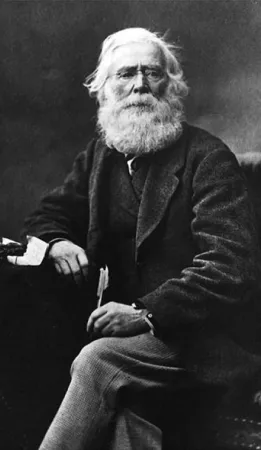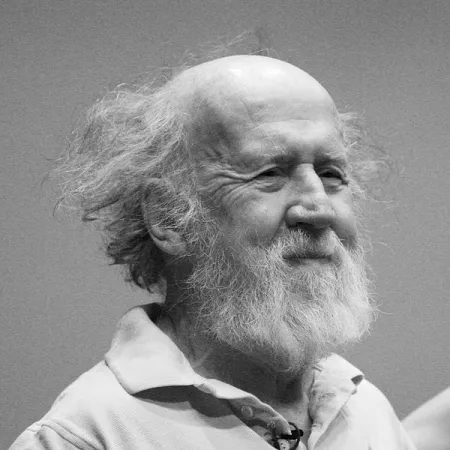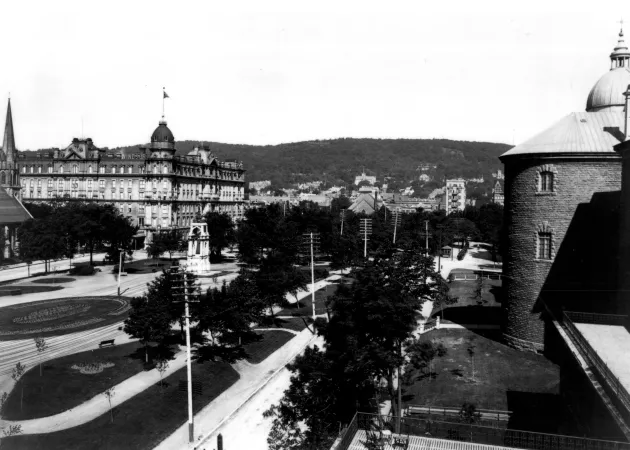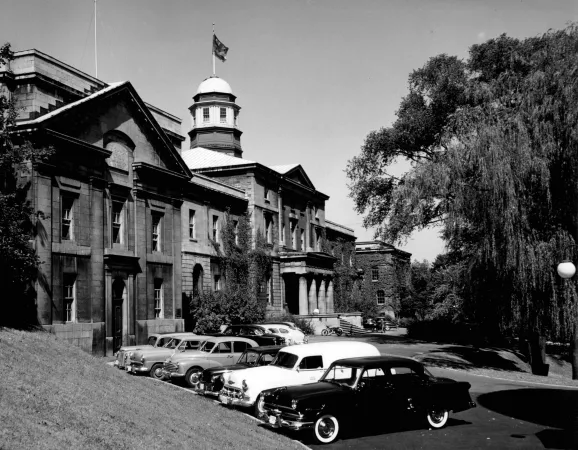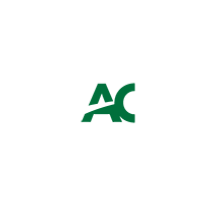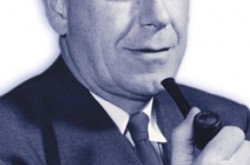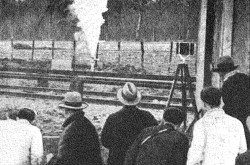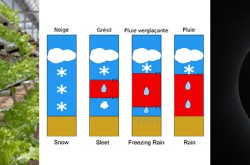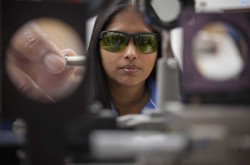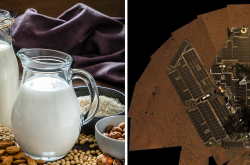Communicating through science: the theory of spallation is born
This article was originally written and submitted as part of a Canada 150 Project, the Innovation Storybook, to crowdsource stories of Canadian innovation with partners across Canada. The content has since been migrated to Ingenium’s Channel, a digital hub featuring curated content related to science, technology and innovation.
Bryson Masse
Algonquin College Journalism Program
The names of Carl Sagan and David Suzuki are widely known and associated with a passion for science and the universe. Although somewhat less widely known, the name of Hubert Reeves is no less deserving of attention.
Reeves, born in Montréal, is renowned as a physicist and science communicator in both France and French Canada. His books and explanations have introduced a generation of the public to the stars and the cosmos. Reeves completed his graduate degree at McGill University in 1955 and then attained his PhD from Cornell University. He always had an interest in the natural world. As a child he explored the forest near his home with geneticist and botanist Père Louis Marie. Later, he used his expertise to explain a variety of stellar phenomena during his career as the director of research at the Centre national de la recherche scientifique in Paris.
One of Reeves’ bigger contributions was his theory of spallation. This was a mechanic that made up for imbalances found in equations relating to elements found during stellar formation – a puzzle long baffled scientists. Reeves predicted that elementary particles would collide with cosmic rays, and that this happened often enough to contribute material to the forming solar system.
Beyond his research, Reeves looked to connect people with science. He often appeared on television in France to reach out to new minds, using his exposure to promote sustainability and protecting our planet. Hubert Reeves was inducted into the Canadian Science and Engineering Hall of Fame in 2007.



